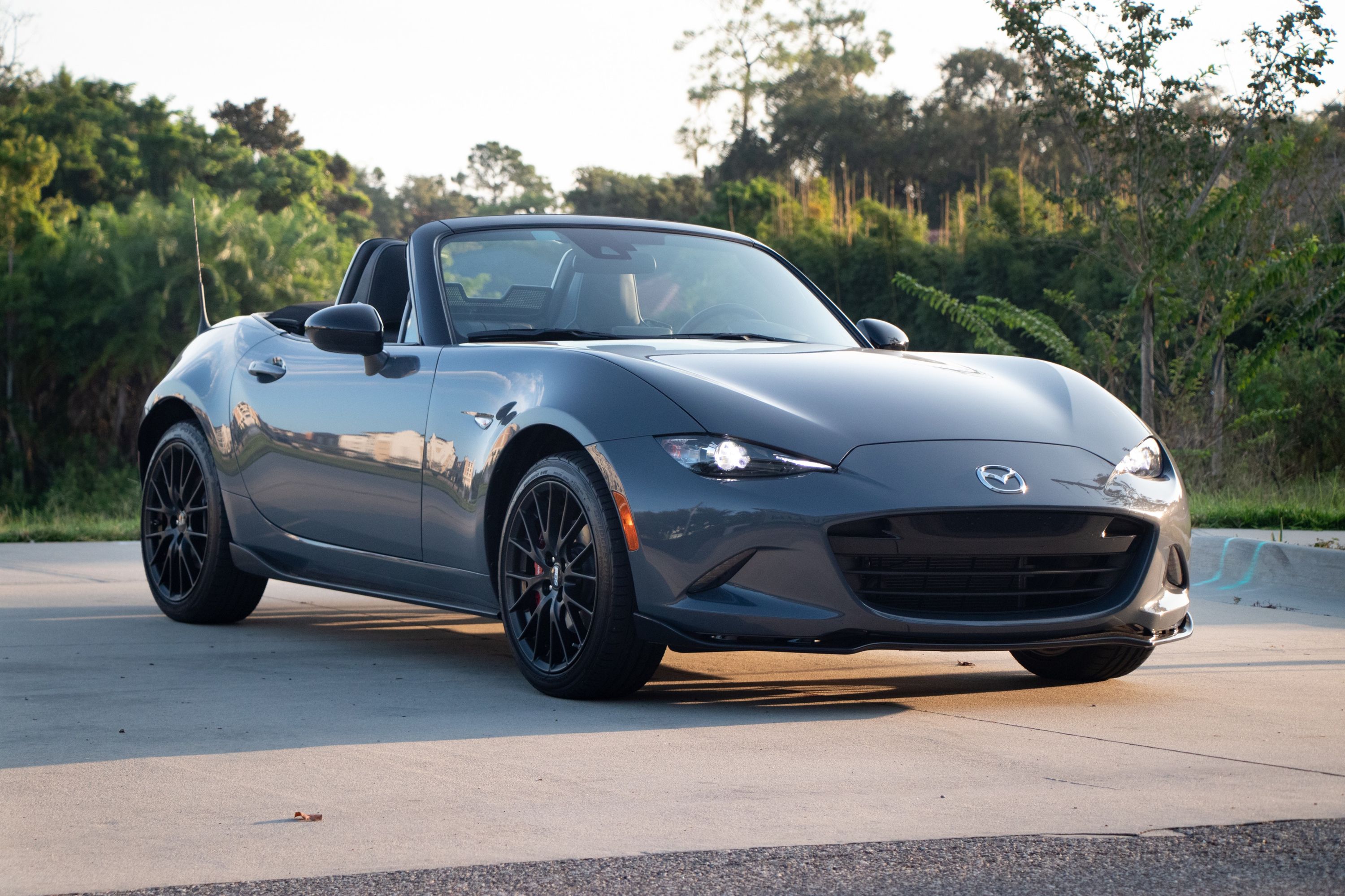
Mazda would make the list twice if you had to compile a listicle of the most iconic '90s cars. One entry would be the Mazda Miata, and the other the rotary-engined RX-7. Sadly, the rotary engine died out after Mazda canned the RX-8. There are rumors that it might return, but nothing concrete.
Tuners loved the FD3S RX-7 because it boasted a timeless design, a heavily detuned engine, and one of the most unique soundtracks this side of Audi's turbocharged five-pot. Mazda was limited by the Japanese gentleman's agreement to just 276 horsepower and 232 lb-ft of torque, but it didn't take enthusiasts long to figure out that the engine could produce a lot more. But the RX-7 you see here is far from stock, as it would need to be to generate nearly 1,000 hp more than the car did when it rolled off the production line 25 years ago.
That Racing Channel recently features the RX-7 you can see in the video above. It's a long video, so we'll give you some highlights.
The car featured is a 1997 model, but the twin-rotor, sequential twin-turbo 13b engine is no more. Instead, it packs a four-rotor monster of a Wankel motor under the hood force-fed by a gargantuan 91mm turbocharger. The build is one of the cleanest examples we've ever seen. The most significant upgrades, aside from an extra pair of rotors, include a Garret GTX turbo, a six-speed T56 sequential transmission, and a complete exhaust system from Eccentric Motorsports.
Running 15 to 18 pounds of boost, this particular RX-7 produces 1,150 hp at the wheels at an insane 9,000 rpm and an estimated 1,288 hp at the proverbial crank. That's hypercar territory. It's the main reason why the Wankel engine is a popular choice when it comes to engine swaps.
The owner of this pristine example, Roy, is on his sixth RX-7. He knows how to get the most out of a rotary engine. His experience dates back to the second-generation RX-7, which was his first buy.
Other modifications to this car include 8-2600 IDX injectors, Tilton triple-disc clutch, DSS carbon fiber driveshaft and axles, CCW Custom 17-inch bead lock wheels, and a Link Thunder ECU. The car also has primary and secondary intercoolers and an oil cooler.
The car runs a dry-sump oil system from Mazdaspeed purely because Roy wanted to keep it a street car. The Mazdaspeed part left room open for an alternator and an AC compressor.
Who said you couldn't have 1,270 hp and a civilized driving experience?
